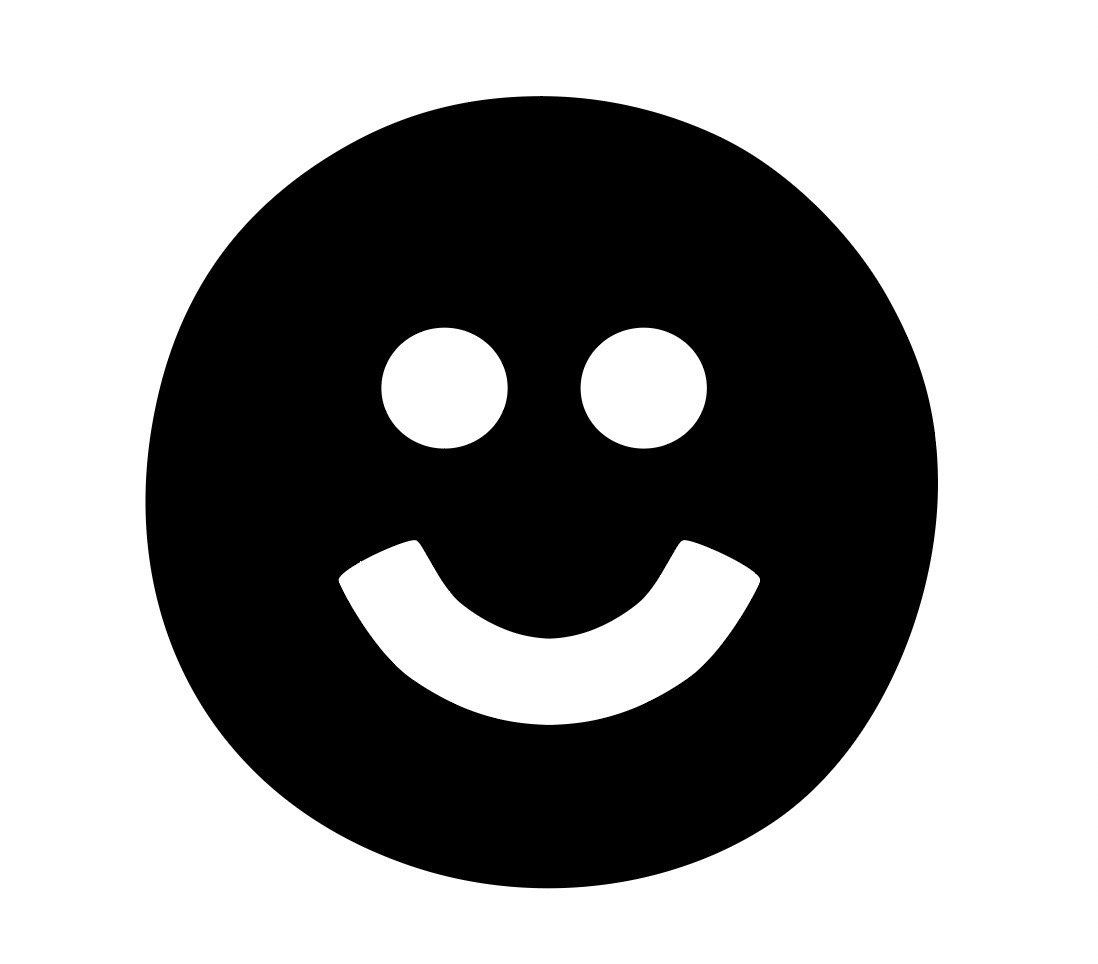Upcycled Capsule for Urban Outfitters
In support of Earth Month 2023, I had the privilege of pitching and spearheading a cross-functional up-cycling initiative for Urban Outfitters. The initiative focused on transforming vinyl signage from past UO events (that would otherwise have been discarded) into a 100-SKU capsule collection of one-of-a-kind bags. I shepherded this project from vision to reality in just over 3 months and the collection sold out in under 72 hours. This pilot program served as a mechanism to catalyze thought and action around the way we treat our trash by imagining new futures for it.
Featured by Carnegie Mellon University, here.
Overview
Shortly after joining the Urban Outfitters Brand Marketing team in August 2022, I found myself down in ATX for a UO Music event at Space 24Twenty. As we were wrapping the event and breaking down the stage, I watched the vinyl stage banner being rolled up and realized an opportunity.
The banner was a large-scale cut of colorful, patterned, durable material, but not something we had use for beyond the event. I felt strongly it shouldn't be discarded, so I shipped it back to my apartment while I ruminated on how best to upcycle it.
The banner sat in its box for a few months, until one night in January 2023 I was struck with the inspiration to transform the material into different styles of bags. I spent all night making a few prototypes and brought them into the office the next morning to pitch the idea.
One conversation led to another, and I began piecing together a team of incredible collaborators spanning Brand Marketing, Buying, Production & Sourcing, Sustainability & Social Impact, and beyond. The unrelenting support and enthusiasm from these amazing cross-functional partners helped bring the concept from vision to reality in just over 3 months.
The bags were produced by a Pennsylvania-based manufacturer, which was ideal because it afforded a lower impact process due to a shorter shipping distance, they were open to producing a small batch run with a tight turnaround and it afforded the opportunity to support a local business in our home state.
I also felt it was important that we not send our trash somewhere else to be ‘dealt with’, which is often the narrative that accompanies recycling and trash collection streams.
During the production process, I visited the factory to meet the team and capture some behind-the-scenes content. The latter was meant to support our promotional launch plan and give our customers a glimpse into the people and process behind the product. It was inspiring to watch the workflow from start to finish and allowed for an open forum to troubleshoot fabrication questions in real-time.
An important element in the construction of the bags was to ensure we highlighted the narrative of the material. So often the products we interact with are shiny and new, washed clean of the raw materials, procurement processes, and past lives from which they came. I wanted to celebrate the past life of the vinyl signage and showcase it to the customer. In doing so, the hope would be this type of thinking trickles into and permeates their understanding of and vision for opportunities to innovate with discarded objects and materials.
The mechanism we landed on to communicate this was a hand-stamped tag on the interior of each bag. The tag detailed the city where the event took place along with the edition number. By opting for a stamped tag rather than a sew-in tag, we eliminated additional materials and unnecessary waste.
Along with the stamped tag, each bag was stuffed with a custom postcard insert that provided more context for the consumer on where the bag came from and an image of the vinyl signage in use.
The intention of investing time and energy into designing these elements was to communicate that each bag was a limited edition and one-of-a-kind, no two are alike; that they offset our own waste stream that is a natural repercussion of producing large-scale events; and provide a glimpse into the past life of the material along with the people and process that transformed it.
The collection launched on Earth Day 2023 both online and in-store at UO New York Herald Square and UO San Francisco Union Square. All but one SKU sold out direct in under 24 hours, and we fully sold out direct in under 72 hours.
Looking forward to future iterations, I hope to incorporate additional mechanisms to support circularity. In the spirit of true circular design, it’s important to consider what happens to these objects once they’re in the consumer’s hands. It’s our responsibility to design for preferred outcomes after purchase and embed mechanisms to encourage deliberate behavior.
Ideally, we want these pieces to age like fine wine and for the owner’s affinity for the object to increase as time passes and narratives grow; while also instilling brand trust and encouraging a long-term relationship with the brand.
Circularity Panel Speaker
After the success of the project, I was asked to speak on a panel about sustainability and circularity in fashion. I shared my experience conceptualizing and spearheading this project alongside others who were working to push similar projects and initiatives forward for their respective brands.




